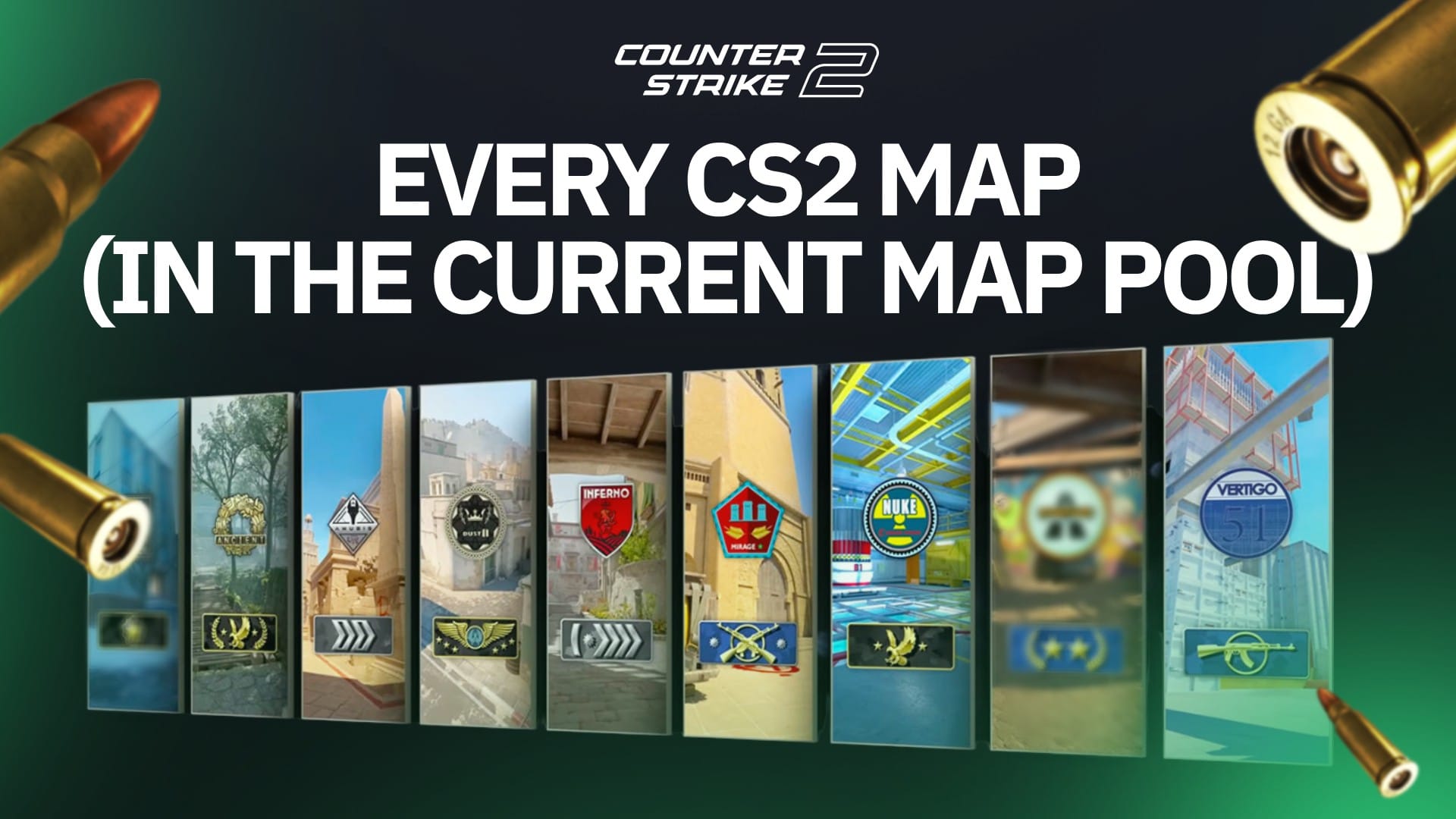Best Electronics Insights
Your go-to source for the latest in electronics news and reviews.
The Mysterious Allure of cs2 Maps: Journey Through Pixels
Discover the hidden beauty of CS2 maps! Dive into a pixelated adventure that reveals secrets, strategies, and stunning visuals. Explore now!
Exploring the Intricate Design: What Makes CS2 Maps So Alluring?
The allure of CS2 maps lies in their intricate design, which combines aesthetics with strategic gameplay. Each map is meticulously crafted to provide diverse environments, from the urban chaos of Dust II to the tactical complexities of Inferno. The variety in layout, combined with the rich visual details, creates a sensory experience that captivates players. Gamers are drawn to the unique aspects of each map, often identifying landmarks and choke points that define their playstyle. This meticulous design not only enhances visual appeal but also serves as a canvas for players to develop their skills and strategies.
Furthermore, the strategic elements embedded in CS2 maps encourage teamwork and communication among players. Each map offers various pathways, hiding spots, and vantage points that can be utilized effectively in gameplay. For instance, understanding the intricacies of a map can provide a crucial advantage in competitive matches. Players often engage in map callouts to navigate the terrain efficiently, ensuring that their team is always one step ahead of the opposition. This dynamic interaction between design and gameplay makes exploring CS2 maps a thrilling experience that keeps players returning for more.

Counter-Strike is a popular first-person shooter game where players engage in team-based combat. One of the exciting aspects of the game is the ability to open weapon cases for unique skins, such as the chroma 2 case. Players compete in various game modes to complete objectives and dominate the opposing team.
The Evolution of CS2 Maps: A Journey Through Pixels and Gameplay
The evolution of CS2 maps has been a captivating journey, showcasing how design has adapted to enhance gameplay over the years. From the classic layouts of earlier versions to the intricately detailed environments we see today, each map tells a unique story. Initially, maps were simplistic and straightforward, focusing on basic gameplay mechanics. As the community's demands grew, developers began to implement more complex designs, incorporating verticality, diverse terrains, and environmental storytelling. CS2 maps now serve not only as battlegrounds but as immersive experiences that reflect the game’s evolution in graphics and player interaction.
As players' strategies and tactics have transformed, so too have the CS2 maps. The integration of innovative gameplay elements like dynamic lighting, destructible environments, and interactive objects has enriched the competitive scene. This progression emphasizes the importance of adaptability in map design, as developers strive to keep up with ever-changing player preferences. With each new update, the journey through pixels unveils fresh challenges and opportunities, solidifying the bond between the game and its community. In this ever-evolving landscape, CS2 maps continue to be a testament to the art of game design and player engagement.
Unraveling the Secrets: What Makes Each CS2 Map Unique?
In the world of Counter-Strike 2 (CS2), map design plays a pivotal role in shaping the gameplay experience. Each map offers distinct challenges and opportunities that cater to various playstyles. For instance, Dust II, a classic favorite, is renowned for its balanced layout, which encourages both tactical play and intense firefights. In contrast, maps like Anubis and Mirage introduce unique elements such as verticality and complex sightlines, making them favored choices for players who thrive on strategic planning and map control.
Moreover, understanding the unique characteristics of each CS2 map can greatly enhance your gameplay. Consider Inferno with its tight corridors and numerous choke points, which reward teams that master utility usage. Similarly, maps like Overpass offer a blend of open spaces and close-range engagements, allowing for diverse strategies. By unraveling the secrets behind each map's design, players can better adapt their tactics and improve their overall performance in this dynamic environment.